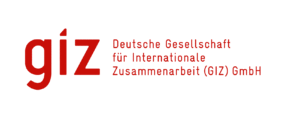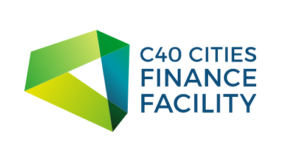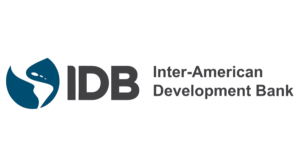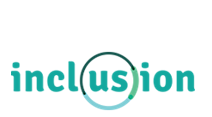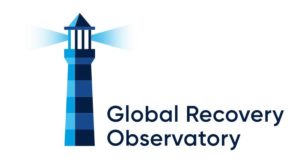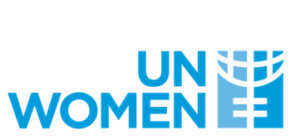
The PIEVC (Public Infrastructure Engineering Vulnerability Committee) Protocol was first developed in 2005 by Engineers Canada (Canada’s Engineering Association). In 2012, the PIEVC got divested hat been taken over by a consortium (ICLR, CRI and GIZ). PIEVC is a 5 to 8 step climate risk assessment protocol for all types of physical infrastructure to be applyed either in early plannig stages or throughout operations and maintenance. Since 2005, it has been applyed more than 200 times, including applications outside Canada in Brazil, Costa Rica, Vietnam and the Nile Basin region.
Lifecycle Phase(s): Strategic PlanningPublic authorities identify the needs and long-term vision for infrastructure development., PrioritizationAuthorities decide which projects to realize and how to allocate resources., Project PlanningGeneral strategy for a project’s delivery is developed., ProcurementThe provision of goods and services to realize a project are tendered and closed., Detailed DesignTechnical experts further elaborate the Concept Design., ConstructionThe asset is constructed in line with design, budget and timeline., Operation and MaintenanceInfrastructure assets are managed and maintained during their use time.
Type(s) of Tool: GuidelinesOperationalize sustainability principles, less specific than Benchmarks or Rating Systems., Impact AssessmentsEvaluate the impacts of assets or policies on the environment and local livelihoods.

